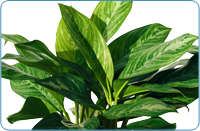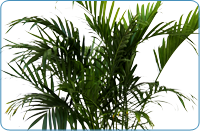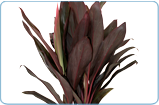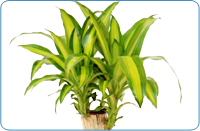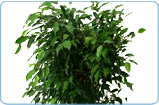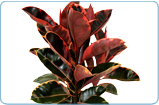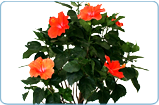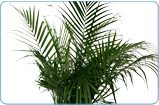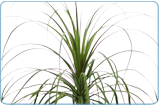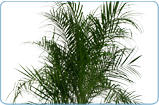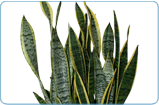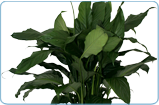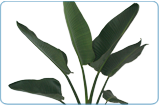Light
Spindle Palm requires bright light. It is best to keep the palm in an area where it will not receive a lot of direct sunlight. Indoors a south or east facing window would be ideal.
Placement
Office, Bedroom, Livingroom, Patio, Breakfast nook
Water Habits
The Spindle Palm grows best in moist well drained soil. Do not allow the soil to dry between waterings. Lightly water until the soil becomes a dark color, but not to the point the soil is no longer able to absorb the water. Potting the plant to allow for proper drainage will help guard against over watering. Do not let the soil become soggy.
Temperature
Ideal Temperature for Spindle: 35-80°F (2-27°C) Min: 35°F (2°C)
Toxins Removed
Benzene, Formaldehyde, Carbon Monoxide
Did You Know ?
Known in the plant world as Hyophorbe Verschaffeltii the Spindle Palm originates from the Mascarene Islands, which is a group of islands east of Madagascar. It is known for its thick mid section that elongates as it matures. This palm in the right conditions can grow as tall as 20 feet with v-shaped leaves that can be up to ten feet in length. One of the most unique factors about this palm is its bright orange base, which intensifies in color as it grows.






